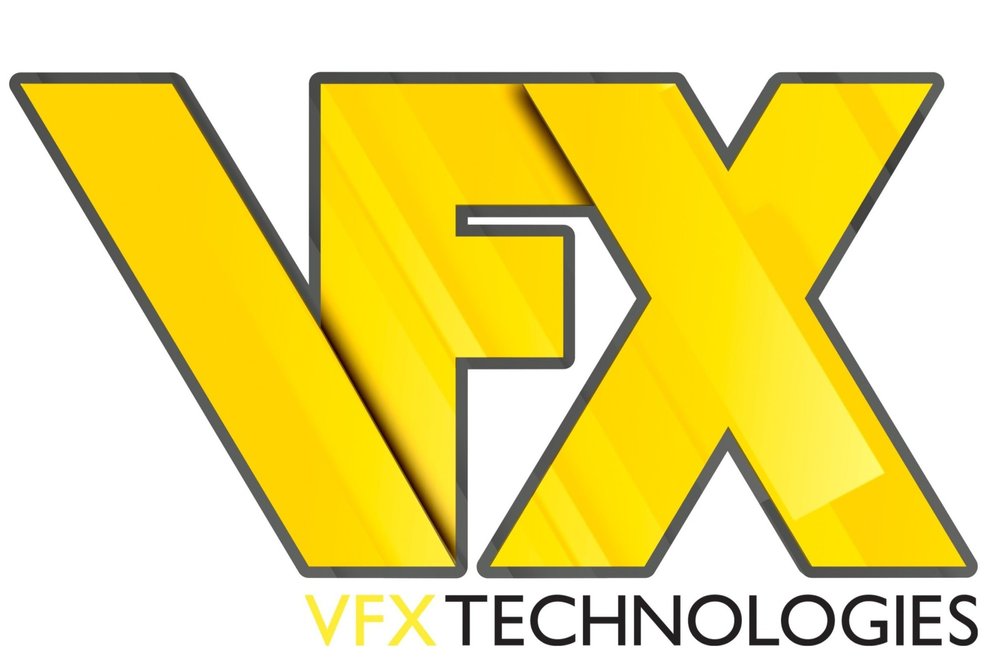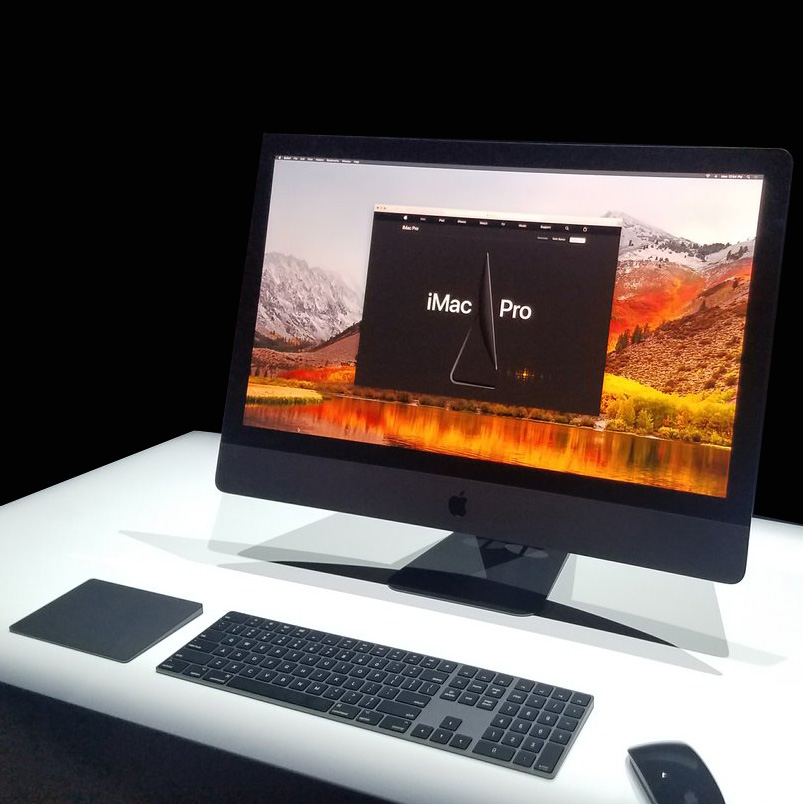Praise be! The cool kid in school hasn’t forgotten about us.Apple's new iMac Pro is targeted right at creative professionals in the media & entertainment industry. The product’s introductory release statement reads that this product is for “everyone”: “From video editors to 3d animators to musicians to software developers to scientists” everyone can find something that relates to their industry or passion in the iMac Pro.
Let’s take some time to examine the specs: The iMac Pro offers a XEON CPU with up to 18 cores that clock up to 4.5GHz. Apple is utilizing AMD's Radeon VEGA Pro GPUs. Once software manufacturers adapt their applications to these GPUs, you will have a graphics card capable of 22-25 Teraflops of computing speed (really fast) compared to the wonderful GTX 1080TI which tops out at 11 Teraflops. Radeon has an architecture that's way ahead of where Nvidia is right now. We predict a GPU war is brewing as we speak. This also supports our contention that GPU rendering is truly the future in visual effects and digital media production.
The Mac is also no longer a sealed box. Apple dropped the Metal 2 SDK to allow developers take advantage of external AMD GPUs using the latest Thunderbolt 3 interface. That is 40Gb speeds you'll be getting! Apple's change will affect the current Mac lineup as they will be able to use upgraded GPUs now, with Nvidia’s new drivers, Macs will allow users to add external GTX cards like the 1080 and when the new AMD GPU ships, there will be drivers to support them too.
Expect that the new AMD graphics cards will also benefit the PC world as soon as drivers become available for Windows.
How long have creative professionals shook our heads in unison and thought to ourselves that Apple no longer cares about us? They still do, and VFX Technologies has the new iMac Pro workstations available for rental and purchase now.
Jim Reisman & Adinah Bolden


